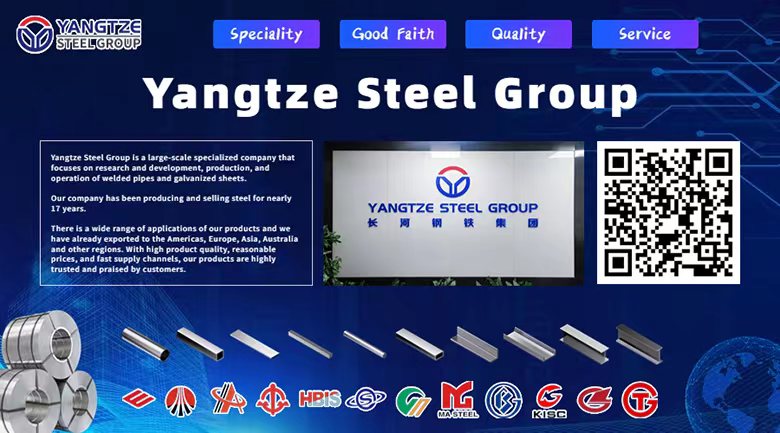What is the difference between ASTM A53 and A106 pipe?
Both ASTM A53 and ASTM A106 are American standard specifications for the manufacture and application of pipes, but they have some key differences in their uses, material types, and manufacturing processes. Here is a comparison between the two:
Features | ASTM A53 | ASTM A106 |
Uses | Low pressure applications, such as water, air, steam transportation | High temperature and high pressure applications, |
Pipe types | Welded and seamless pipes | Seamless pipes |
Production process | Allows welding or seamless | Seamless only |
Material grade | Two grades, A and B | Three grades: A, B, and C |
Chemical composition | Relatively low chemical composition | High requirements for chemical composition |
Mechanical properties | Relatively low strength requirements | High requirements for strength and high temperature |
Application areas | Architecture, mechanical structures, | High temperature and high pressure pipeline |
ASTM Standard | Pipe Type | Nominal Size (inch) | Wall Thickness (inch) | Max OD (inch) | Min OD (inch) |
ASTM A53 | Welded & Seamless | 1/8 | 0.08 | 0.405 | 0.310 |
ASTM A53 | Welded & Seamless | 1/4 | 0.11 | 0.540 | 0.420 |
ASTM A53 | Welded & Seamless | 3/4 | 0.18 | 1.050 | 0.840 |
ASTM A106 | Seamless | 1 | 0.20 | 1.315 | 1.050 |
ASTM A106 | Seamless | 2 | 0.28 | 2.375 | 2.025 |









